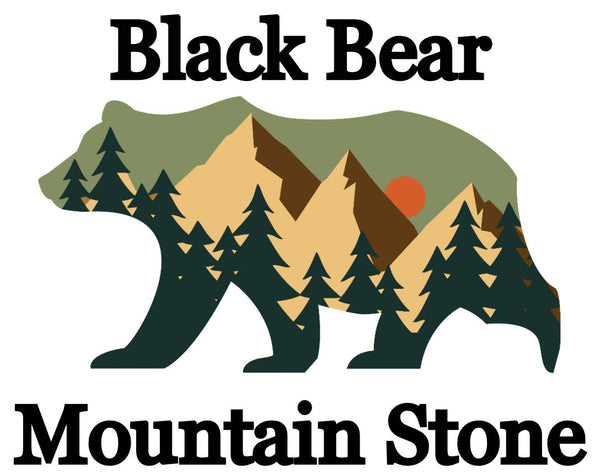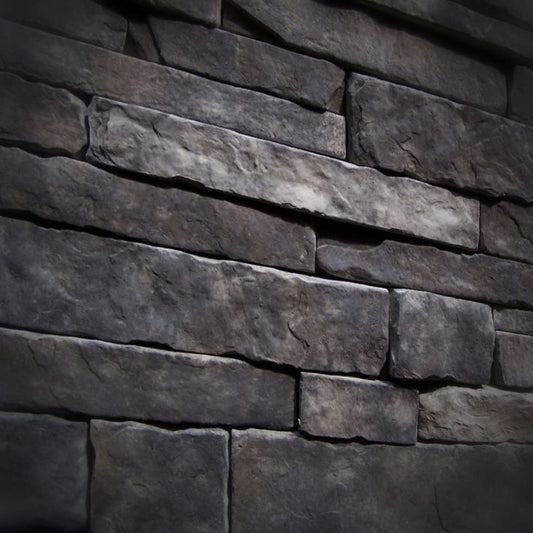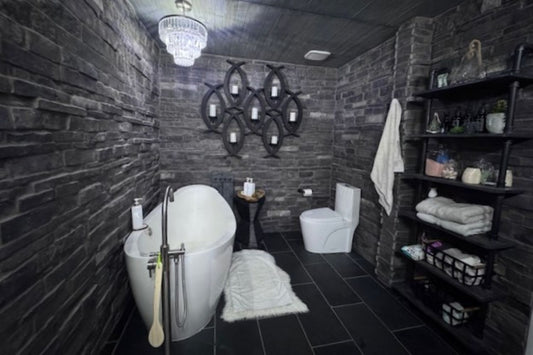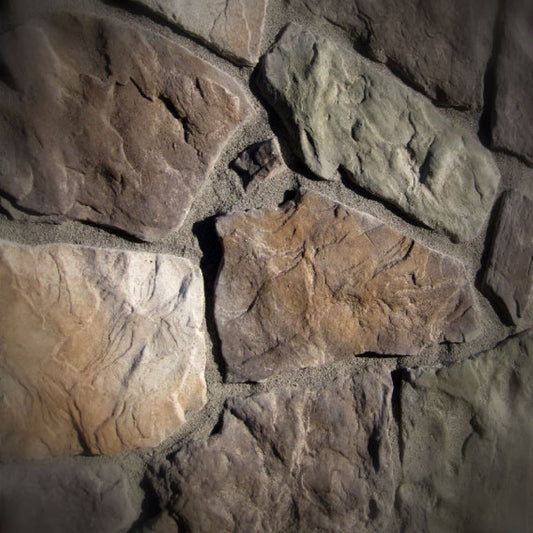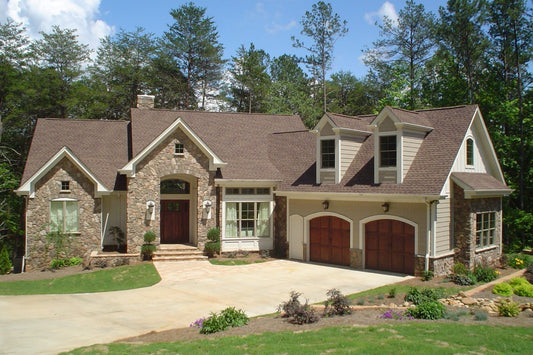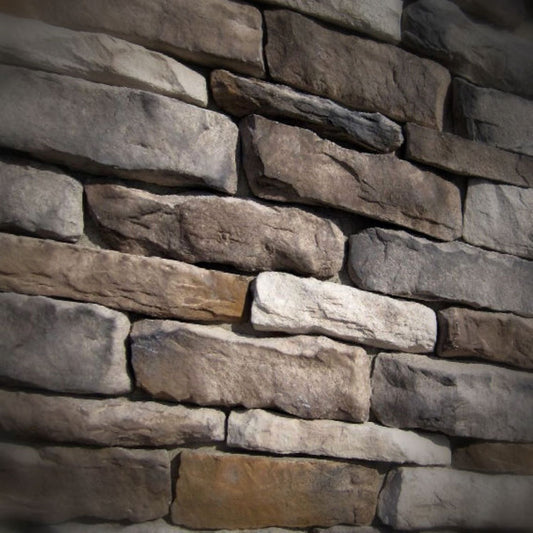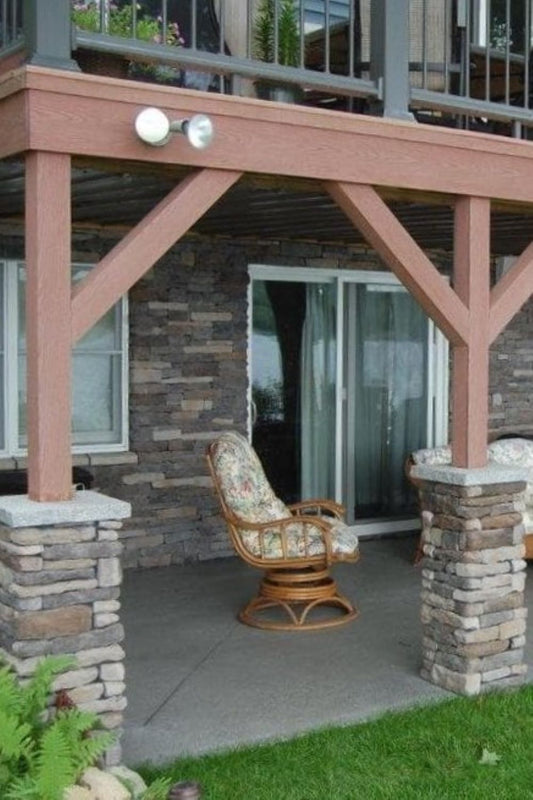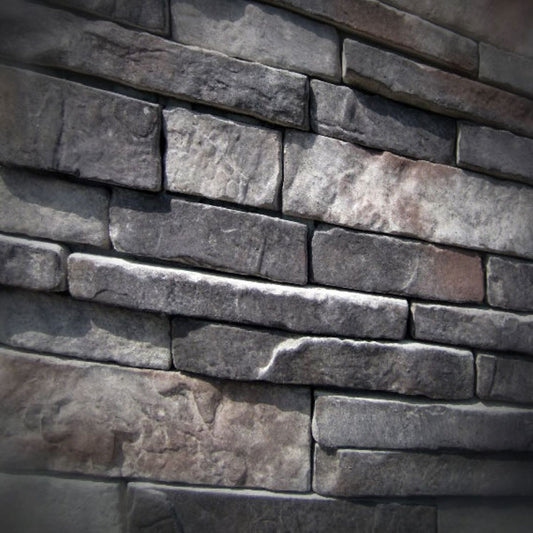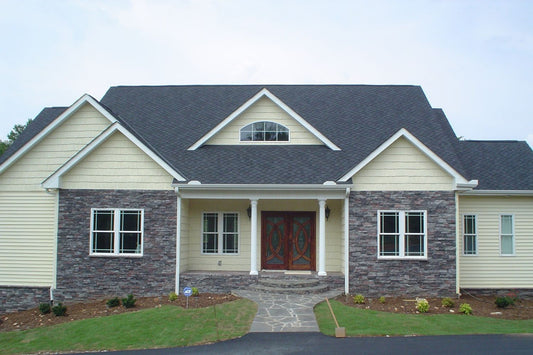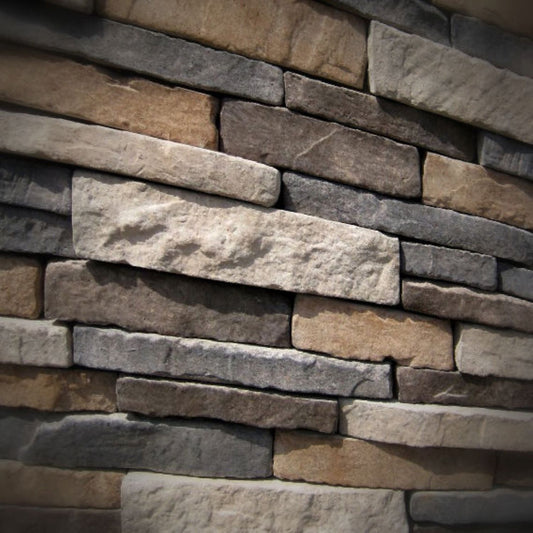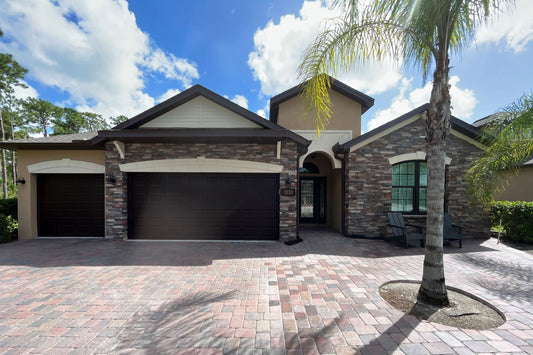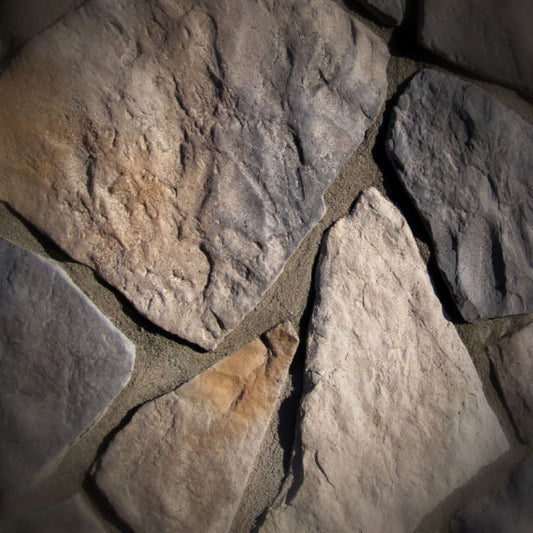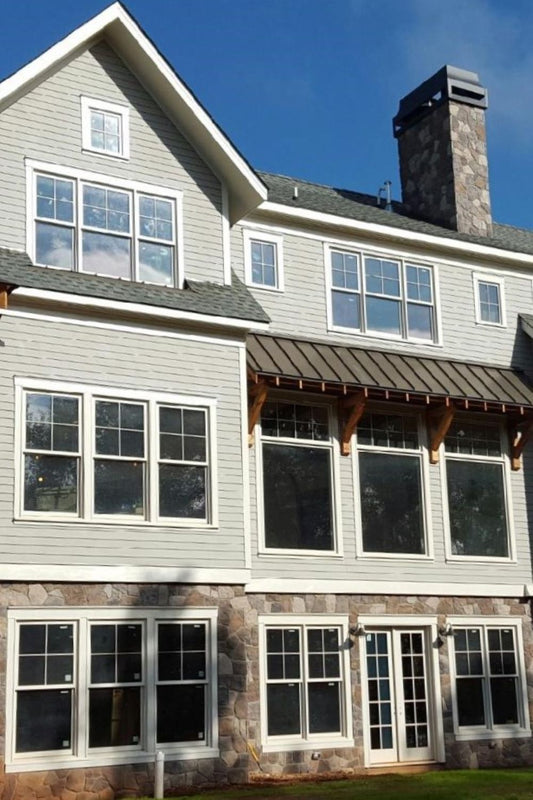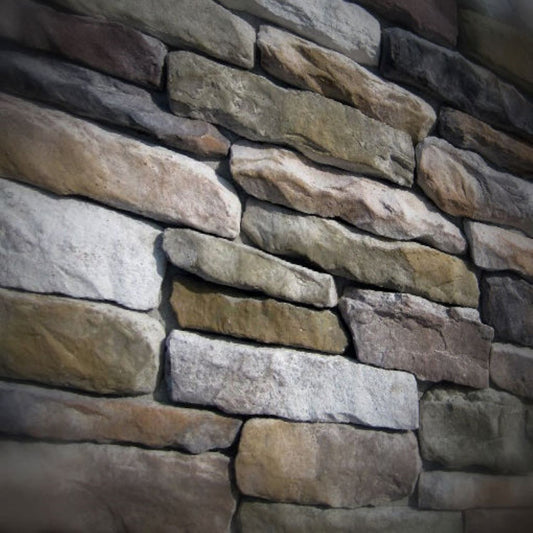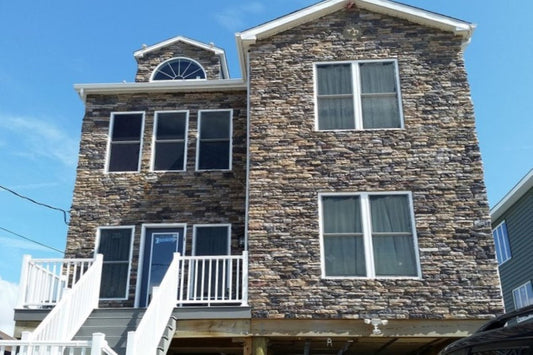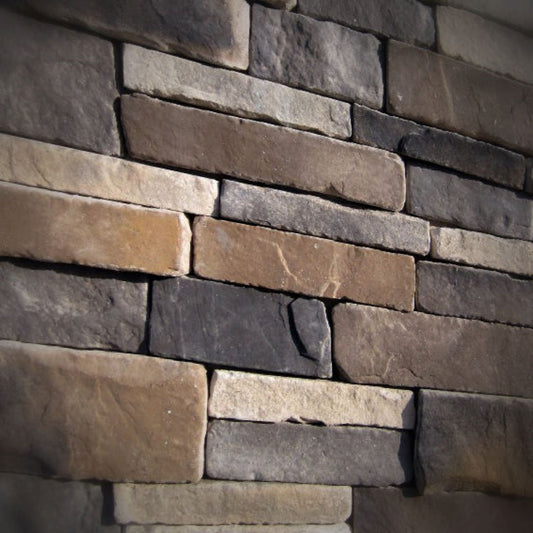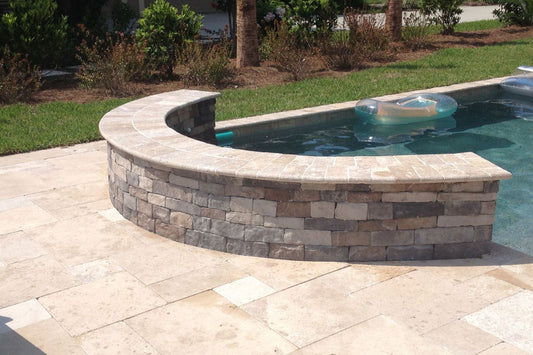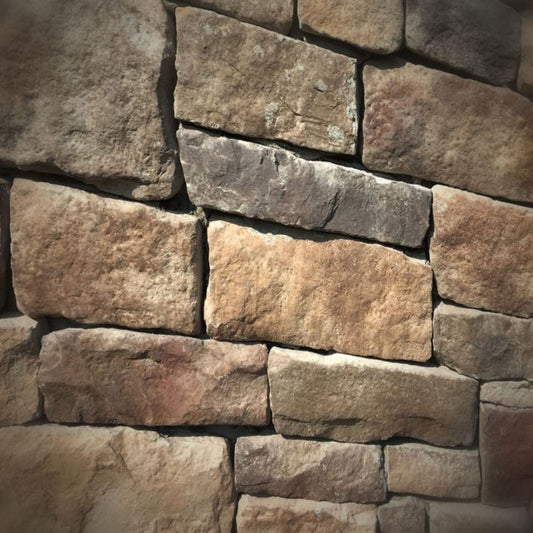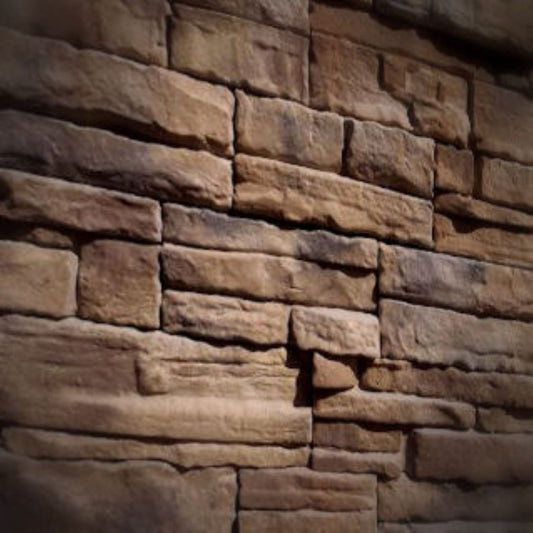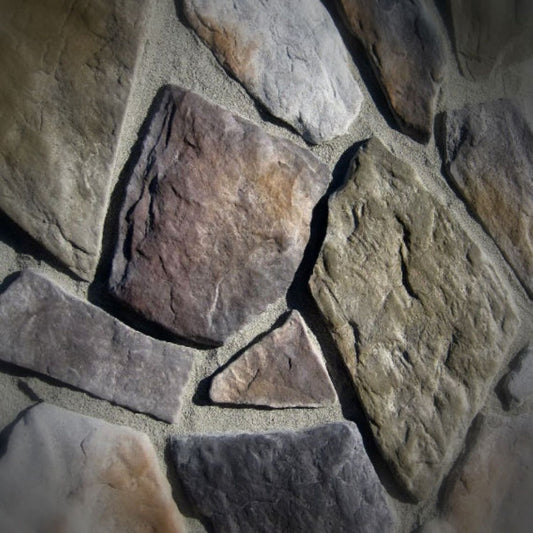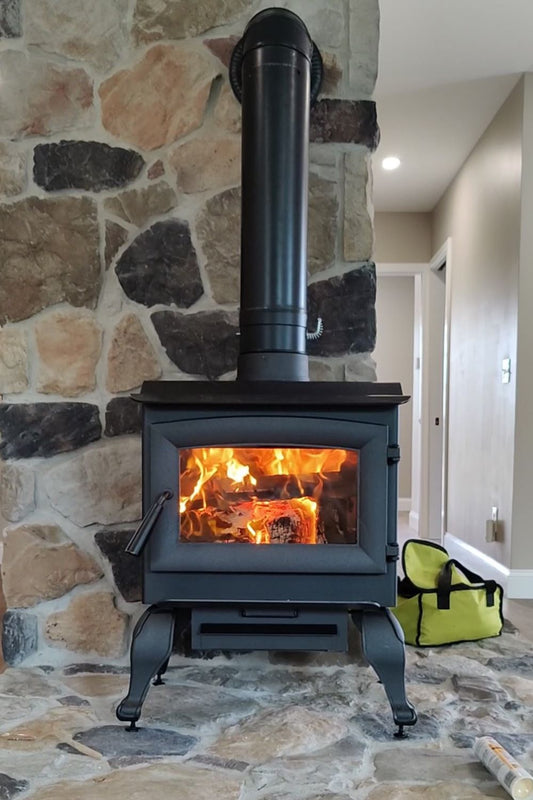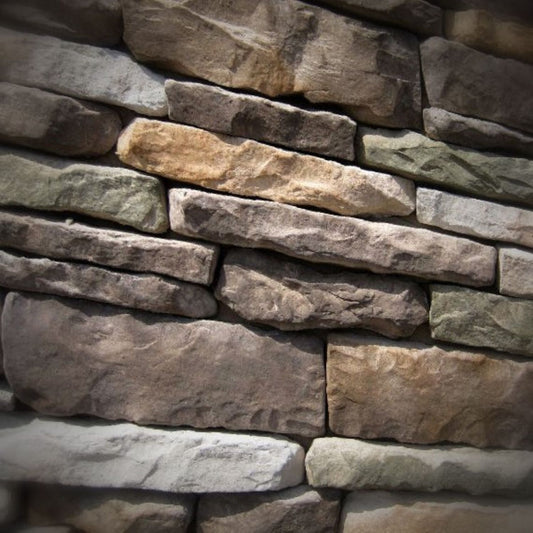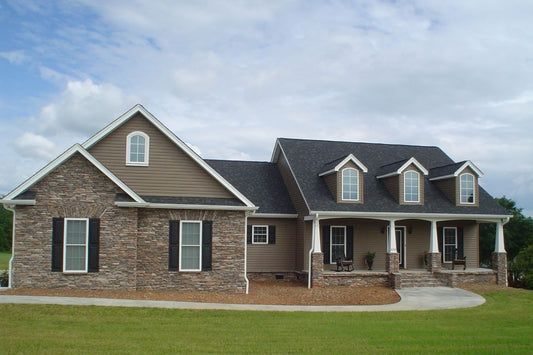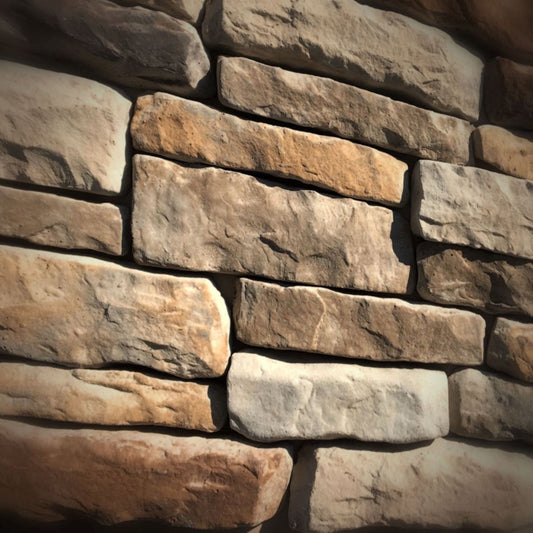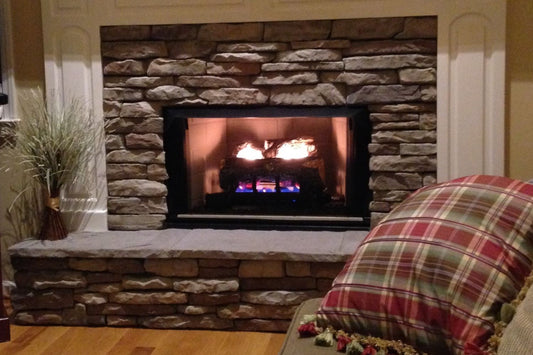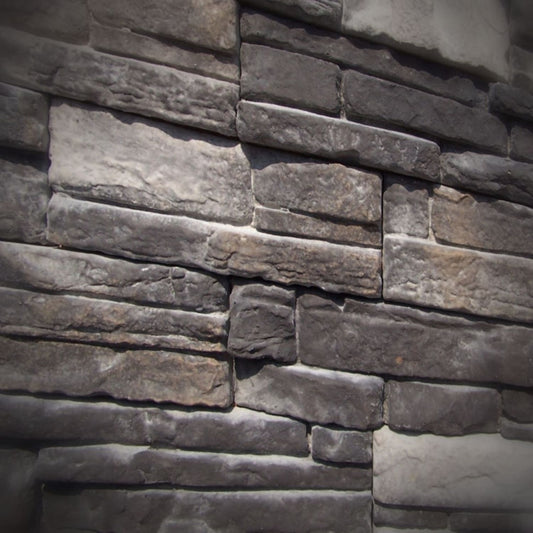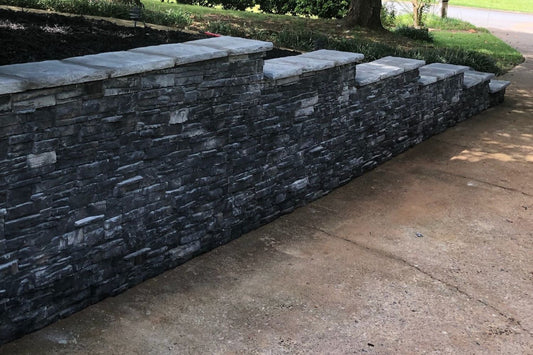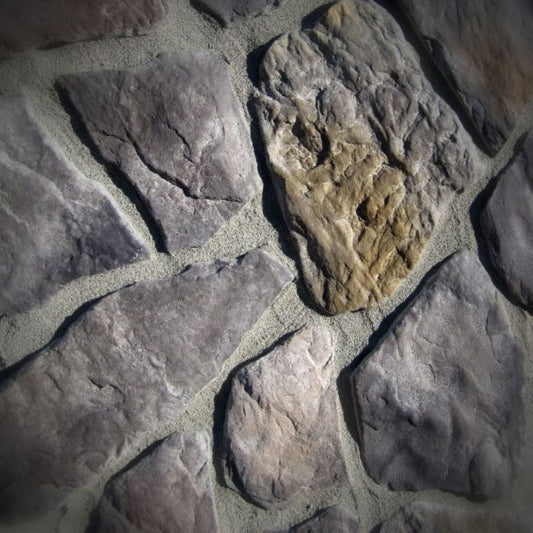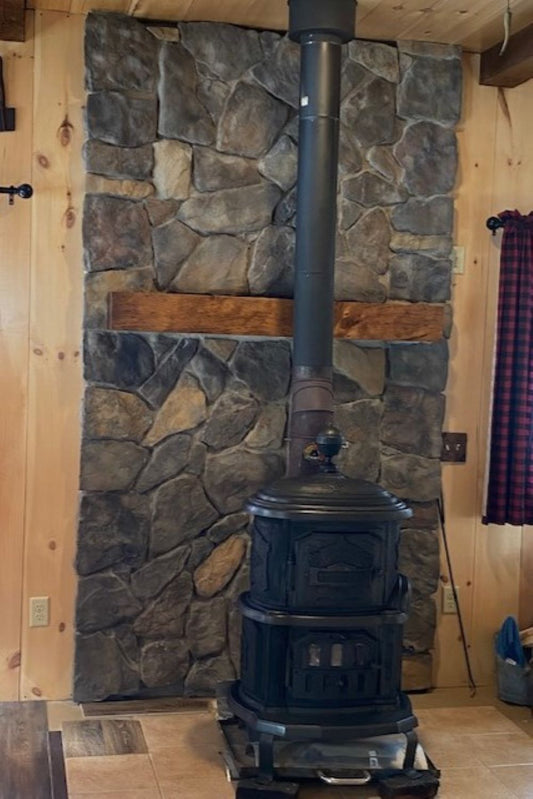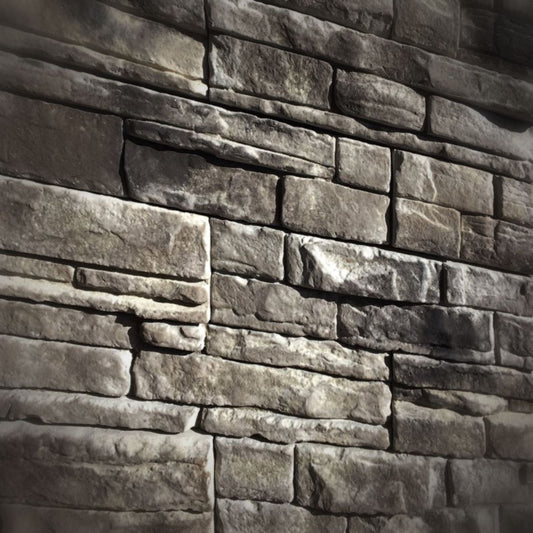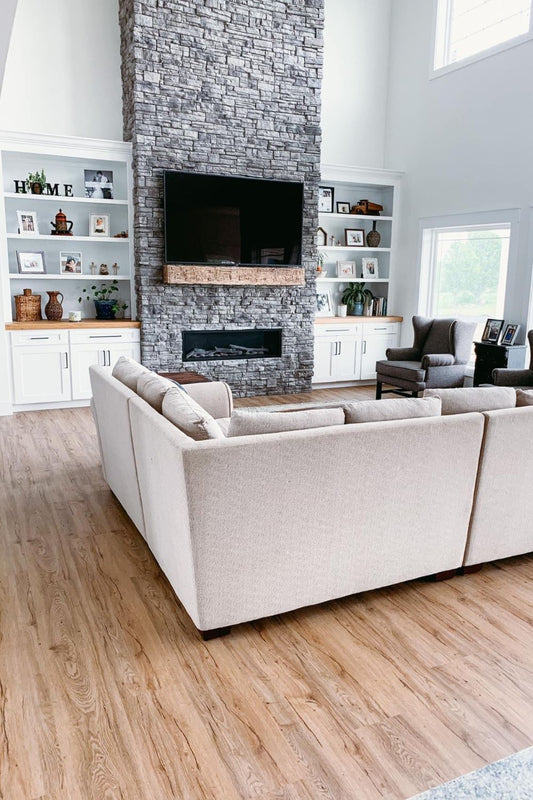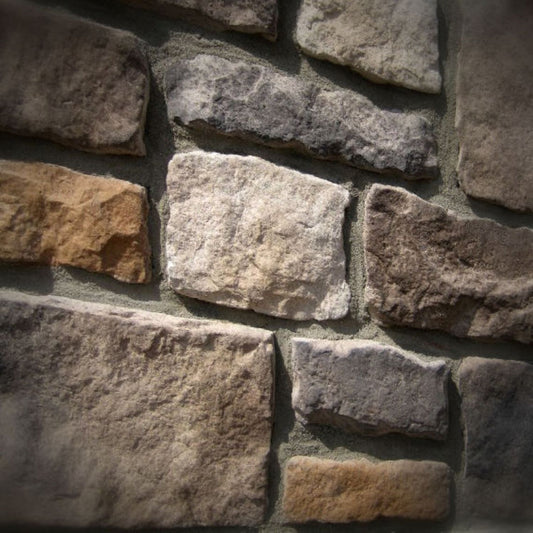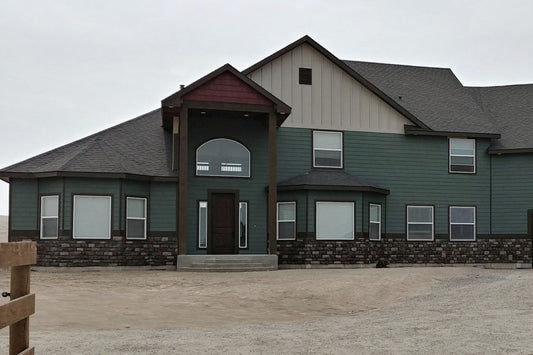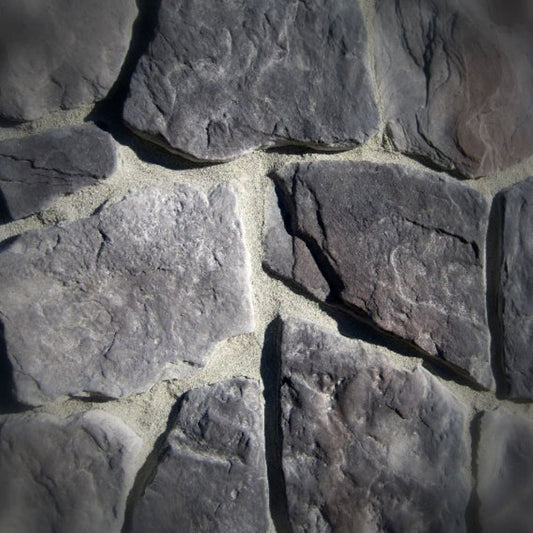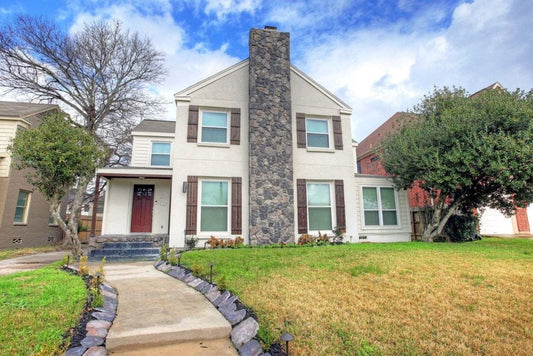
Stone Veneer and Cold Climates
Share
Stone veneer is a durable and attractive solution for enhancing exterior and interior walls, but if you live in a cold climate, you may be wondering: is stone veneer suitable for freezing temperatures and harsh winter conditions? The answer is yes, when properly installed and maintained, manufactured stone veneer performs exceptionally well in cold climates. In this blog post, we’ll cover why it works, how to install it correctly in freezing conditions, and the best ways to protect your investment for long-term durability.
Why stone veneer works in cold climates
1. Freeze-thaw resistance: high-quality stone veneer is designed to handle the challenges of freeze-thaw cycles. As temperatures drop, water can seep into porous surfaces and freeze, expanding and causing cracking or spalling. Manufactured stone veneer made with dense, weather-resistant materials is engineered to resist this type of damage, especially when combined with proper drainage and sealing techniques.
2. Lightweight and flexible installation: unlike natural stone, which can be heavy and more difficult to install in cold weather, manufactured stone veneer is lighter and easier to work with. This makes it a great option for quick installation during shorter construction windows in colder seasons.
3. Designed for exterior use: many stone veneer products are specifically formulated for outdoor use, making them resistant to moisture, frost, and UV exposure. When paired with the right mortar and moisture barrier system, manufactured stone veneer performs reliably through snow, ice, and frigid temperatures.
Installation tips for cold weather
If you're installing manufactured stone veneer in a cold climate, following best practices is essential to ensure longevity and performance.
1. Use Type S mortar: Type S mortar is ideal for stone veneer installations in cold climates due to its strength and bonding ability.
2. Maintain proper temperatures: mortar and stone veneer should not be installed in temperatures below 40°F (4°C) unless heated enclosures or temporary warming solutions are used. Protect work areas from wind and frost to allow proper curing.
3. Seal the veneer after curing: applying a high-quality sealer helps protect against moisture infiltration and enhances freeze-thaw resistance. Sealing is especially important for exterior walls, chimneys, and foundations exposed to rain, snow, or standing water.
4. Ensure proper drainage and moisture control: install a water-resistant barrier and weep screed to promote proper drainage behind the stone. This prevents water buildup that could freeze and cause damage over time.
Maintenance tips for cold climates
To keep your stone veneer looking its best and performing well in cold climates, it's important to follow a few key maintenance steps. Inspect the veneer annually for cracks or mortar joint issues caused by seasonal shifting, freezing temperatures, or moisture intrusion. Clean the surface gently using a mild detergent and soft brush, avoid harsh chemicals which can damage the finish. For long-term protection against water, ice, and UV exposure, reapply a quality stone sealer every 3 to 5 years. Regular maintenance will help preserve the beauty and durability of your stone veneer for decades.
Ideal applications in cold regions
Manufactured stone veneer is an ideal choice for cold climate applications, offering both durability and aesthetic appeal in freezing conditions. Popular uses include foundation walls, where it adds insulation and curb appeal, and exterior siding, which benefits from its weather-resistant properties. Chimneys and outdoor fireplaces are also excellent candidates, as stone veneer handles temperature fluctuations without cracking. For landscaping, it’s a smart solution for retaining walls and garden beds, providing structure and style even through harsh winters. Entryways and porch columns gain a timeless, welcoming look with stone veneer that stands up to snow, ice, and freeze-thaw cycles. Its realistic appearance and rugged durability make it a top choice for homes and buildings in regions that experience snow, ice, and temperature fluctuations.
Stone veneer and cold climates
Stone veneer is not only visually appealing but also a practical and reliable choice for cold climates. With proper installation, sealing, and maintenance, it stands up to the challenges of freeze-thaw cycles and winter weather while adding timeless beauty to your home’s exterior.
You may also like
Does manufactured stone need sealing? Why it matters for durability and protection.
Stone veneer mortar vs. adhesive: Which is best for your installation?
How long will stone veneer last? Understanding lifespan and durability.
What's next?
Make your vision a reality with our premium stone veneer! Shop now to discover the perfect style or order a sample to experience the texture and color up close. Start your project with confidence today!
Have a question?
Please see our full terms of service.
For general information and questions please call: (864) 882-8960 Mon. - Fri. 8am - 5pm (EST) or email: info@mountainviewstone.net we are more than happy to help you.
Or you can submit your questions via our contact us page.
We look forward to working with you on your upcoming project.
The Black Bear Mountain Stone Team
